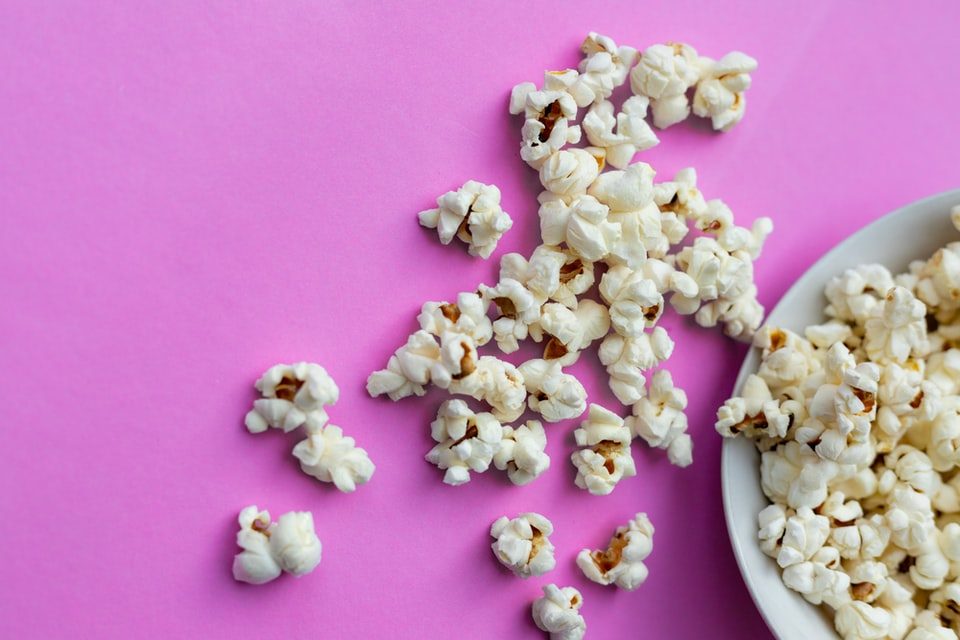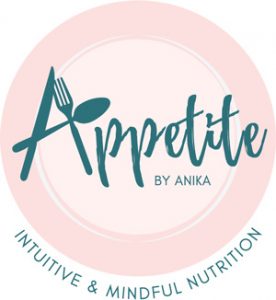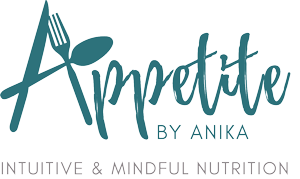Did you know that less than 30% of Australians get enough fibre daily? This is in comparison to the Australian Dietary Guidelines recommendation of at least 25g to 30g of fibre per day.
While many of us may know that dietary fibre helps keep us regular, there are many other reasons why getting enough of this nutrient daily may make it’s way onto your to-add-to-meals or to-snack-on list!
Conveniently, fibre is naturally found in fruits, vegetables, wholegrains and legumes. However, as less than 1 in 10 women are eating enough fruit and veggies, it is not surprising that we’re missing out on getting our daily fibre in.
Fibre is considered a “complex carbohydrate”. This suggests, that unlike it’s simple carbohydrate counterparts (e.g. sugar and syrups) which can easily be broken down into sugar, fibre is not completely broken down by our system. Instead, it may pass through our gut intact or end up with our friendly gut bacteria who may assist in digesting it for us.

Fibre is great for us, because:
It gets things moving
Which is especially important for the 1 in 5 of us who experience constipation. Opting for wholegrain varieties of breads and cereals, eating the outer skins of fruit and vegetables, as well as a variety of legumes may assist with constipation. How? These foods contain a type of fibre called “insoluble fibre”, which specifically promotes water absorption into the stool and adds bulk. This allows stool to pass through the gut easily.
A bonus – since emerging research tells us that the gut health is linked to mood, a gut fed with fibre = a happy you!
It mops out “bad” cholesterol
AKA LDL (low density lipoprotein) cholesterol from our system. This type of cholesterol may form fatty deposits in in the gut which may be reabsorbed back into our bloodstream; having too much of this in our system may lead to problems down the track. Good thing “soluble” fibre exists in fruit, vegetables, legumes and oats. As its name suggests, it dissolves in water to form a gel (you can visualise this if you dissolve psyllium husk in water). This gel can then “mop” fatty deposits as it moves through the gut.
It keeps us fuller for longer
Say no to sugar-crash! When fibre is present in a food, it acts like a brake to slow the release of sugar from the food. This reduces the likelihood of getting a sudden spike in blood glucose levels and provides more stable energy levels to keep us going during the day. Take high fibre oats vs low-fibre breakfast cereal as an example – oats are likely to keep us fuller for longer, as its fibre component (called beta-glucan) is not completely broken down by our digestive system. The beta-glucan makes it’s way to our friendly gut bacteria (remember them from earlier?) who break it down for us.

Not sure where to start as a busy woman? We’ve got you covered. Here are 3 simple tips to get enough fibre in your day:
-
ADD higher fibre ingredients to your meals
Adding chia seeds to your breakfast oatmeal or vegetables and legumes into curry or pasta is a great way to bump up the fibre content of meals. Remember, frozen veggies are just as good as fresh, if not better, for convenience!

-
SNACK ON higher fibre foods
Nuts, a muesli bar, popcorn or fresh fruit are all examples of higher fibre snacks that are quick-to-grab and packed with fibre. Not sure how to determine whether a packaged snack if a source of fibre? Choose products with greater than 3g of fibre per serve of fibre – the higher, the better! 
-
SIMPLE SWAPS to wholemeal or wholegrain options
This could be switching from white bread, pasta and rice to wholemeal or wholegrain varieties for increased fibre. These options are higher in fibre as they contain all components of the grain (such as bran, which not only is a great source of fibre but also rich in nutrients).

The Bottom Line: A key point to remember is that fibre should be slowly initially. This will give your gut some time to adjust to the increased fibre intake and avoid gastrointestinal discomfort. If you are looking for more tailored support to understand how you can introduce fibre, book in a discovery call with us today.






